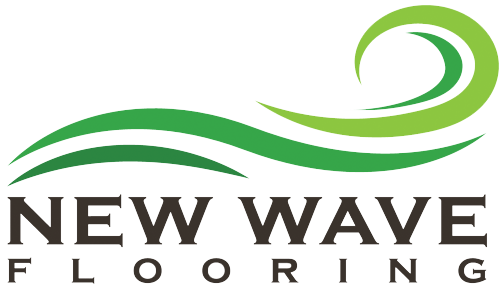DIY Turf Laying Tips to Renovate Your Yard
Tackling on that landscaping can be daunting for any homeowner, let alone the maintenance required after the project is completed. As a result, artificial grass can be an excellent choice for a low-maintenance yard.

Knowing how to install artificial grass presents challenges and can be difficult if you are unfamiliar with the proper procedures. New Wave Flooring’s DIY guide will walk you through the process step by step to ensure a smooth installation and a lush-looking lawn.
DIY Turf Laying – How to Do It?
Once you’ve gathered your materials, it’s time to begin the lawn renovation and DIY artificial grass installation. Follow the steps below to create an artificial lawn that you will be able to admire for years to come.

Examine the Ground for Potential Hazards and Measure the Area
Before measuring the area, mark any sprinklers, water pipes, or electric lines that may be beneath the surface of your desired installation area. In most cases, sprinklers can be covered at the pipe level or removed if they are no longer required. Mark the location of any existing sprinklers that will be used to water other areas of the yard to avoid uneven surfaces and sprinkler damage when laying down the turf.
Because most artificial grass comes in rolls, measuring the area to be covered will help you calculate how many rolls you’ll need and how much joining tape and glue you’ll need to buy.

Prepare Turf Area
Removing the current surface entails everything from pulling up weeds and existing grass to removing rocks and other debris that could prevent your new lawn from having a flat surface. If weeds are a bother, we recommend spraying a weed killer (the all-natural, environmentally safe kind) two to three weeks before removal, as these can take some time to work.
Install a Bender Board
A bender board can help you get a clean line to separate artificial grass from other yard components. While bender boards are not required, they can help you map the perimeter and provide a clean and polished appearance.

Compact the Ground
Before laying down a base layer, compact the existing soil to create an even layer—around 95% compaction. Then, use a vibrating plate, roller, or another flat compacting object to ensure a smooth surface.
Lay Out Your Turf Rolls

This is the exciting part! Lay your first piece of turf, making sure to butt it up nice and firm against the corners – don’t kneel or stretch it. Next, lay each piece tightly against the previous one to avoid air pockets and drying out. Finally, lay your turf in a brick pattern to avoid lines.
Cut to size
Trim your turf pieces to the proper size with shears. Remember, don’t throw away any off-cuts; you may need them to fill gaps later on. Once all the turfs have been installed, walk over them to smooth out any bumps; if you have a larger area, you may need to use a lawn roller. Once everything is in place, water it thoroughly to encourage root growth.

So Clean and Green
What do you think of your new patch of turf? To keep your lawn moist at all times, water it every day for the first four to six weeks. After that, you should only water every two days to encourage deeper root growth.
